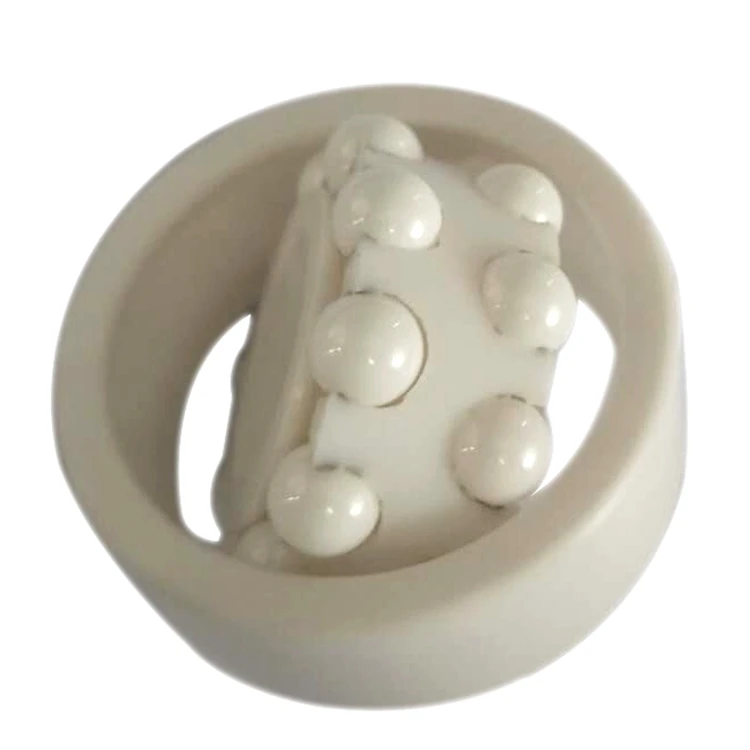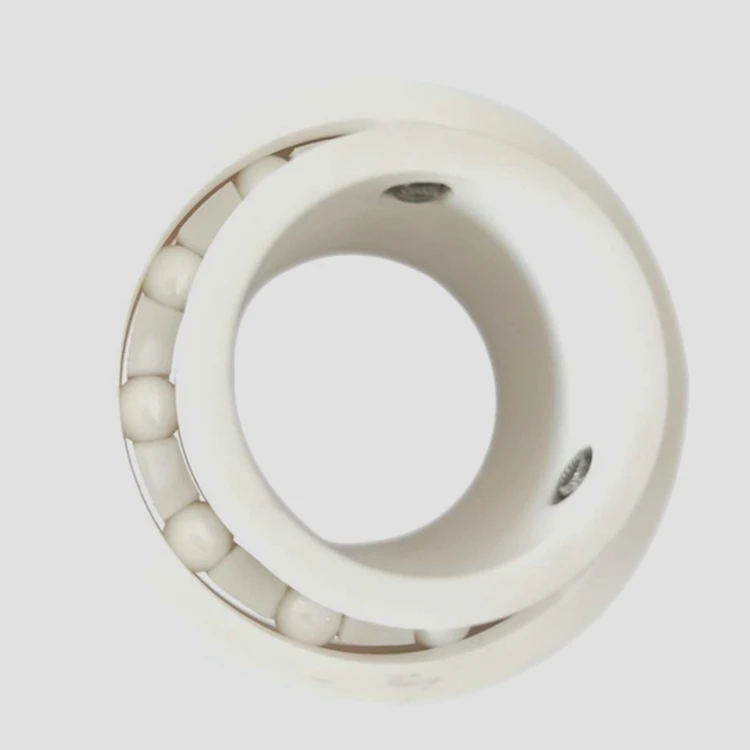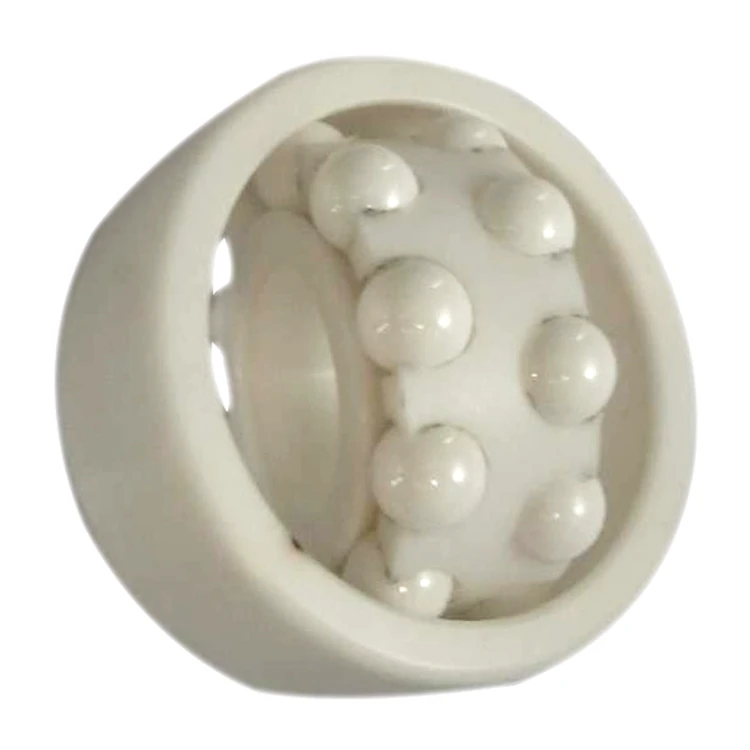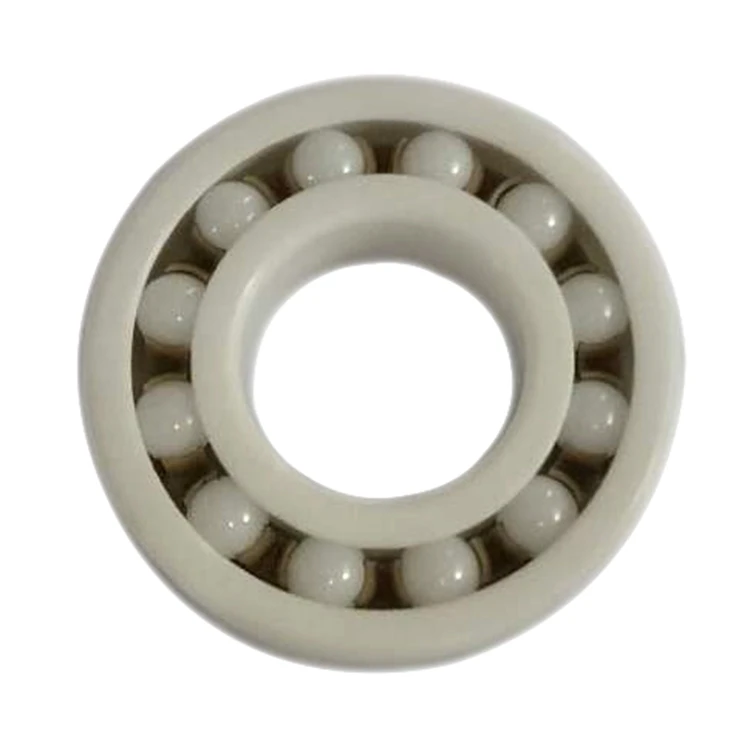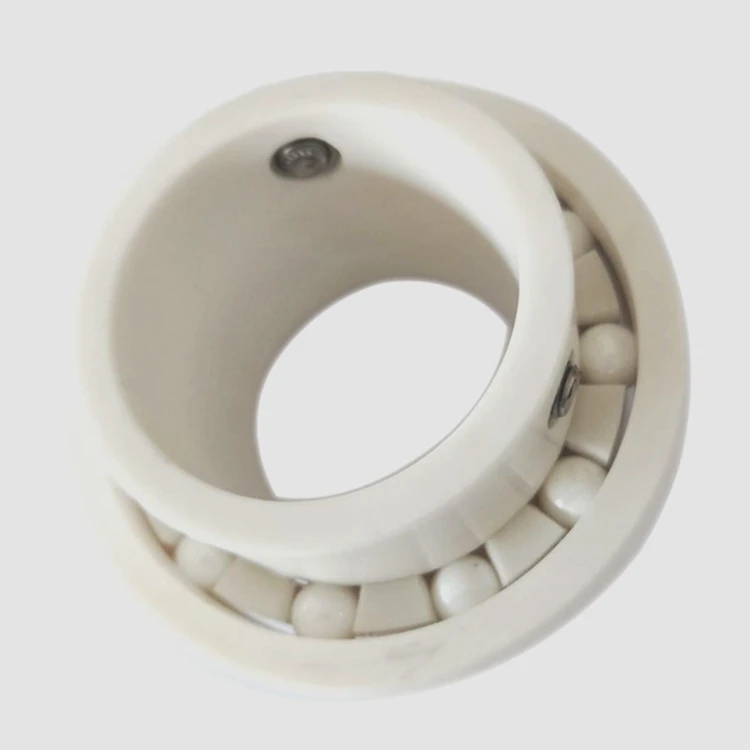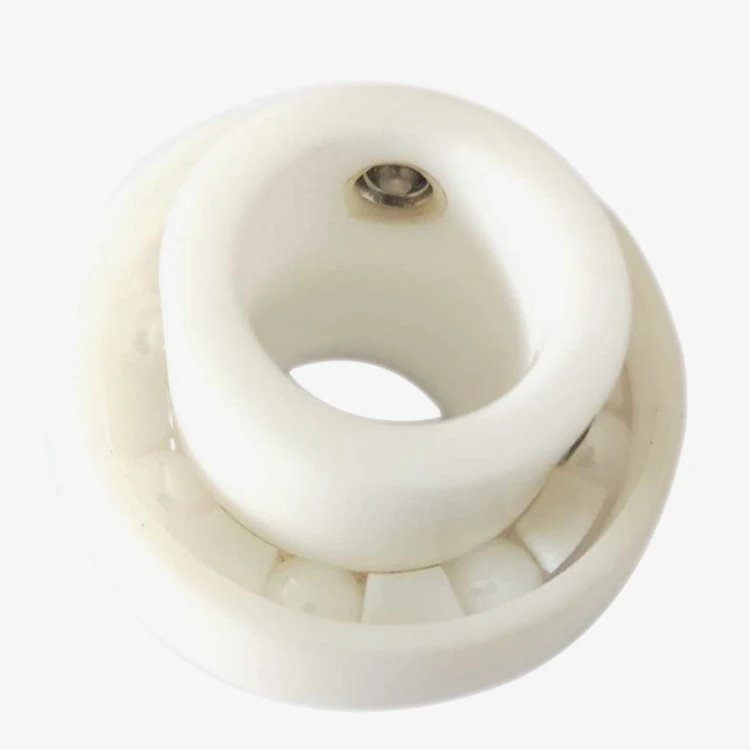Высокое качество бренд KHRD OEM Керамический шарикоподшипник 2204CE 2205CE 2206CE для
- Категория: Ceramic Ball Bearings >>>
- Поставщик: Jinan,Xinbohao,International,Trade,Co.,Ltd.
Поделиться:
Описание и отзывы
Трекер стоимости
| Месяц | Минимальная цена | Макс. стоимость |
|---|---|---|
| Sep-20-2025 | 0.41 $* | 0.23 $* |
| Aug-20-2025 | 0.60 $* | 0.96 $* |
| Jul-20-2025 | 0.43 $* | 0.69 $* |
| Jun-20-2025 | 0.35 $* | 0.56 $* |
| May-20-2025 | 0.16 $* | 0.42 $* |
| Apr-20-2025 | 0.70 $* | 0.13 $* |
| Mar-20-2025 | 0.26 $* | 0.15 $* |
| Feb-20-2025 | 0.41 $* | 0.96 $* |
| Jan-20-2025 | 0.23 $* | 0.4 $* |
Характеристики
Click here as your "Favorite Supplier",Get a 10% discount!
Welcome to our Home, please browse our Products, if you are interested in our Products, feel free to Contact us, we will bring you a pleasant shopping experience.

High Quality KHRD Brand OEM Ceramic Ball Bearing 2204CE 2205CE 2206CE For Car
Hybrid ceramic ball bearings
MRC Hybrid ceramic ball bearings use a combination of traditional 52100 steel rings precision matched with silicon nitride
(ceramic) balls. In addition to being excellent electric insulators, hybrid bearings have a higher speed capability and will
provide longer service life than all-steel bearings in most applications.
MRC Hybrid ceramic ball bearings use a combination of traditional 52100 steel rings precision matched with silicon nitride
(ceramic) balls. In addition to being excellent electric insulators, hybrid bearings have a higher speed capability and will
provide longer service life than all-steel bearings in most applications.
Prevent electrical arcing
When electrical current passes across bearings, a washboard pattern appears on the raceways, along with a darkened greyappearance. Typical results include bearing surface damage, premature aging of the lubricant. The natural insulating properties ofceramic material eliminates this type of damage.
Lower maintenance costs
Extending the service life of a bearing without increasing maintenance cuts equipment operating costs. The initial cost of ahybrid bearing may be higher than a standard steel bearing, but the difference is quickly recovered in maintenance savings.
Increase service life
Because of the properties of ceramics, a hybrid bearing's service life can be up to 10 times that of a standard steel bearing,reducing the need for maintenance on your machine as well as the costly interruptions in production.
Extend grease life
MRC hybrid bearings run cooler and can operate with thinner lubricant films than conventional bearings. The result? Less aging ofthe grease, longer relubrication intervals, and increased service life vs. standard bearings in the same operating conditions.
Reduce wear from vibration
Equipment exposed to static vibration risks false brinelling, (erosion of the surfaces within the ball and raceway contacts),
which can lead to spalling and premature failure. Lighter weight ceramic balls and dissimilar materials reduce the risk of false brinelling damage considerably.
Lower operating temperatures
Because ceramic balls are only 40% as dense as steel balls, the centrifugal load that they generate is less and the internal
bearing friction is lower. The lower density and friction enables cooler running under the same operating conditions, or evenhigher rotational speeds.
When electrical current passes across bearings, a washboard pattern appears on the raceways, along with a darkened greyappearance. Typical results include bearing surface damage, premature aging of the lubricant. The natural insulating properties ofceramic material eliminates this type of damage.
Lower maintenance costs
Extending the service life of a bearing without increasing maintenance cuts equipment operating costs. The initial cost of ahybrid bearing may be higher than a standard steel bearing, but the difference is quickly recovered in maintenance savings.
Increase service life
Because of the properties of ceramics, a hybrid bearing's service life can be up to 10 times that of a standard steel bearing,reducing the need for maintenance on your machine as well as the costly interruptions in production.
Extend grease life
MRC hybrid bearings run cooler and can operate with thinner lubricant films than conventional bearings. The result? Less aging ofthe grease, longer relubrication intervals, and increased service life vs. standard bearings in the same operating conditions.
Reduce wear from vibration
Equipment exposed to static vibration risks false brinelling, (erosion of the surfaces within the ball and raceway contacts),
which can lead to spalling and premature failure. Lighter weight ceramic balls and dissimilar materials reduce the risk of false brinelling damage considerably.
Lower operating temperatures
Because ceramic balls are only 40% as dense as steel balls, the centrifugal load that they generate is less and the internal
bearing friction is lower. The lower density and friction enables cooler running under the same operating conditions, or evenhigher rotational speeds.




Specification
Product name | Ceramic Ball Bearing |
Model | 2204CE 2205CE 2206CE |
Size | ------------ |
Seals Type | Open,zz,2rs |
Material | Chrome Steel Gcr15 |
Precision rating | P0 P6 P5 P4 P2 |
Application | Automotive.tractor.construction Machinery.etc |
Package | Plastic Tube+Carton+Pallet |
Service | OEM Customized Services |
Certificate | ISO9001:2008 |










1. What is your Before-sales Service ?
1>.Offer bearing related consultation about technology and application;
2>.Help customers about bearing choice, clearance configuration, products' life and reliability analysis;
3>.Offer highly cost-effective and complete solution program according to site conditions;
4>.Offer localized program on introduced equipment to save running cost
5>.Design and develop non-standard bearing to support customers' technology innovation
2. What is your After-sales Service ?
1>.Offer training about bearing installation and maintenance;
2>.Offer guidance about bearing installation, adjustment and testing at site;
3>.Help customers with trouble diagnosis and failure analysis;
4>.Visit customers regularly and feedback their rational suggestions and requirements to company.
NOTE: Price, packaging, samples, MOQ and other details are subject to actual consultation.
1>.Offer bearing related consultation about technology and application;
2>.Help customers about bearing choice, clearance configuration, products' life and reliability analysis;
3>.Offer highly cost-effective and complete solution program according to site conditions;
4>.Offer localized program on introduced equipment to save running cost
5>.Design and develop non-standard bearing to support customers' technology innovation
2. What is your After-sales Service ?
1>.Offer training about bearing installation and maintenance;
2>.Offer guidance about bearing installation, adjustment and testing at site;
3>.Help customers with trouble diagnosis and failure analysis;
4>.Visit customers regularly and feedback their rational suggestions and requirements to company.
NOTE: Price, packaging, samples, MOQ and other details are subject to actual consultation.
Похожие товары
Гибридный керамический подшипник HXHV 6902 abec 11
US $6.10-$6.30
HXHV Гибридный подшипник пресс. Велосипед
US $4.70-$5.40
HXHV оксид циркония полированный шаровой подшипник
US $4.80-$5.00
